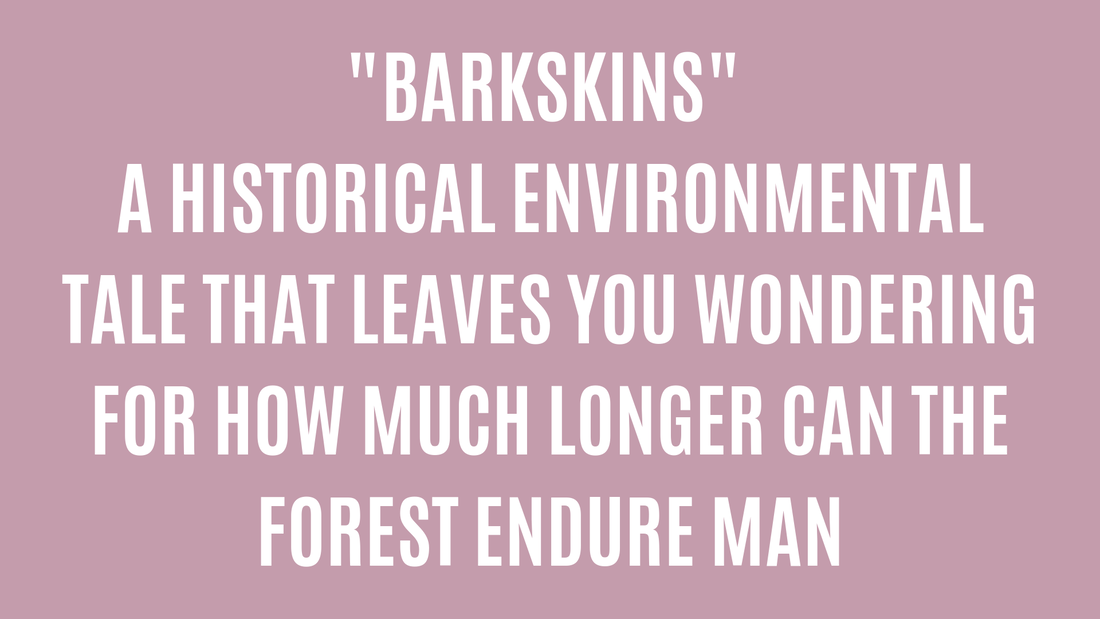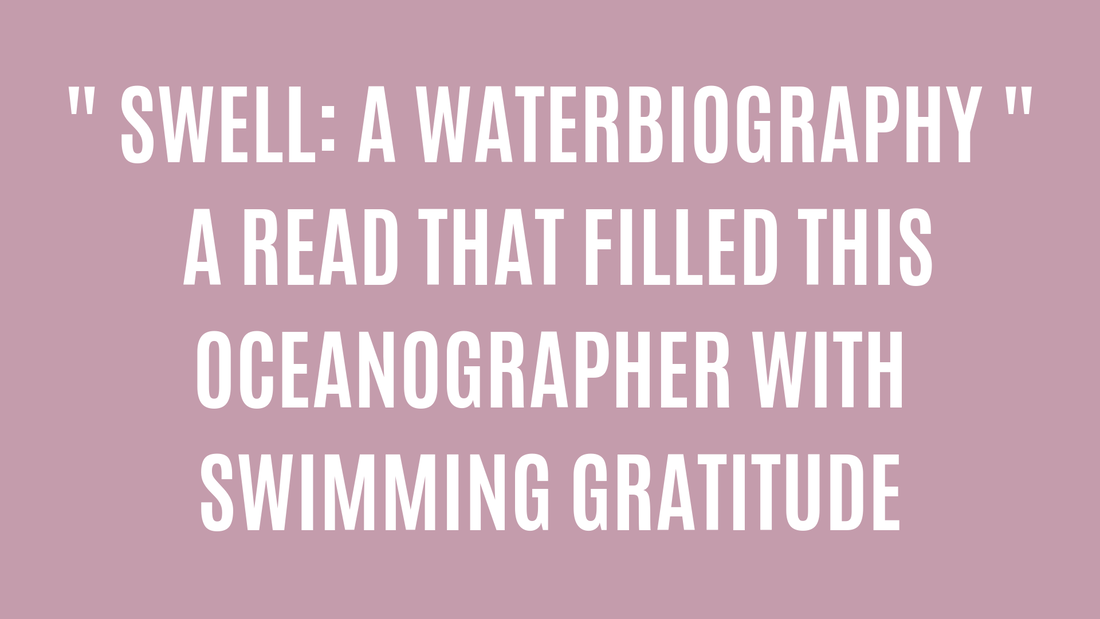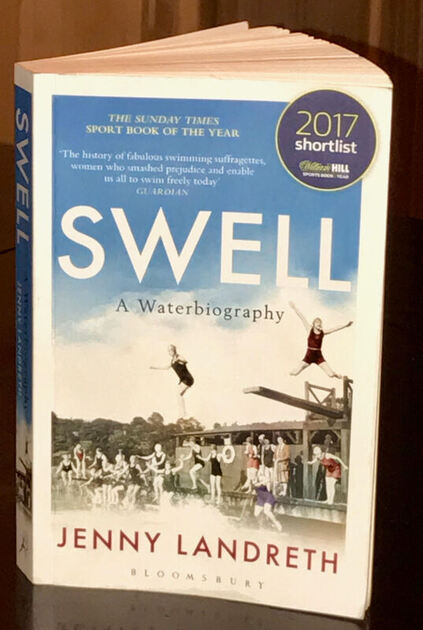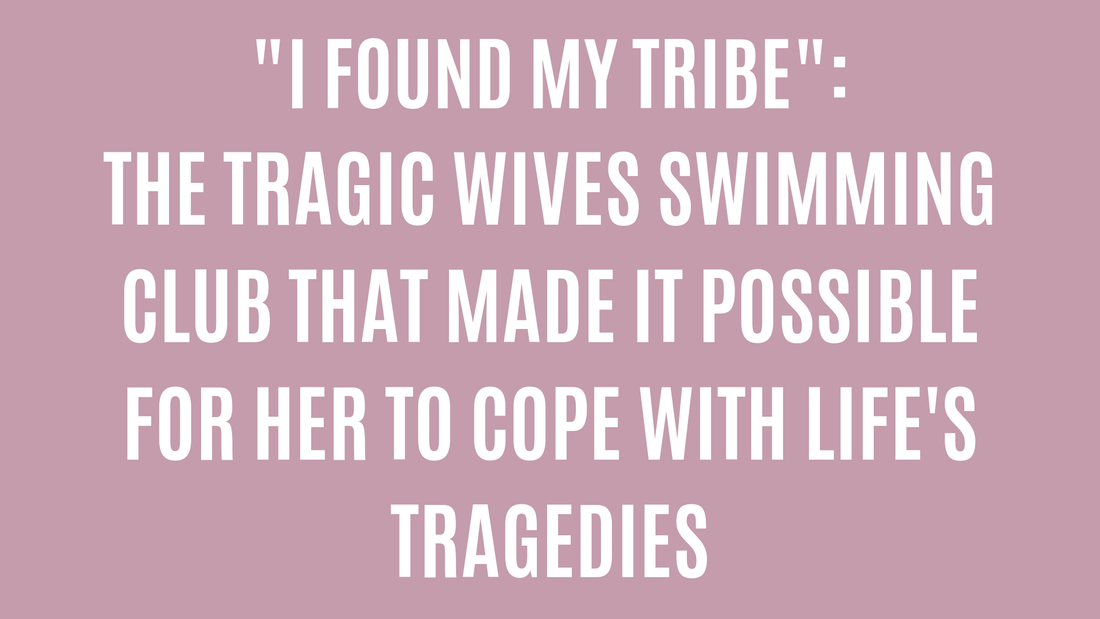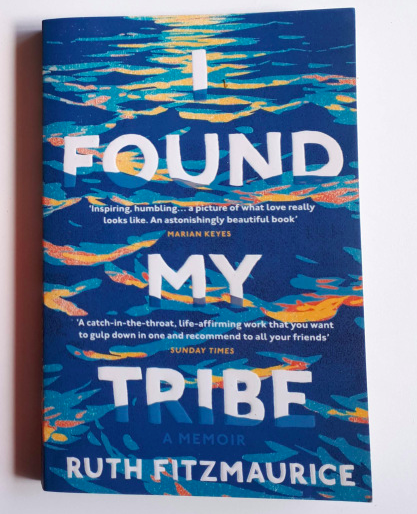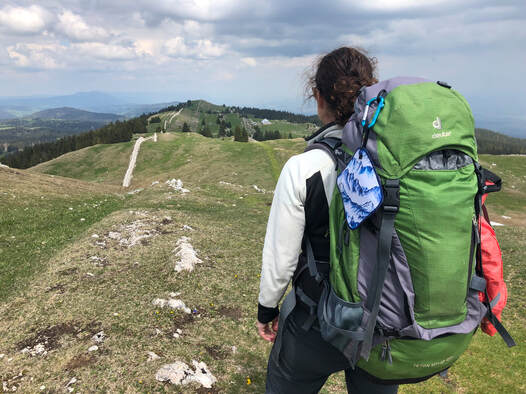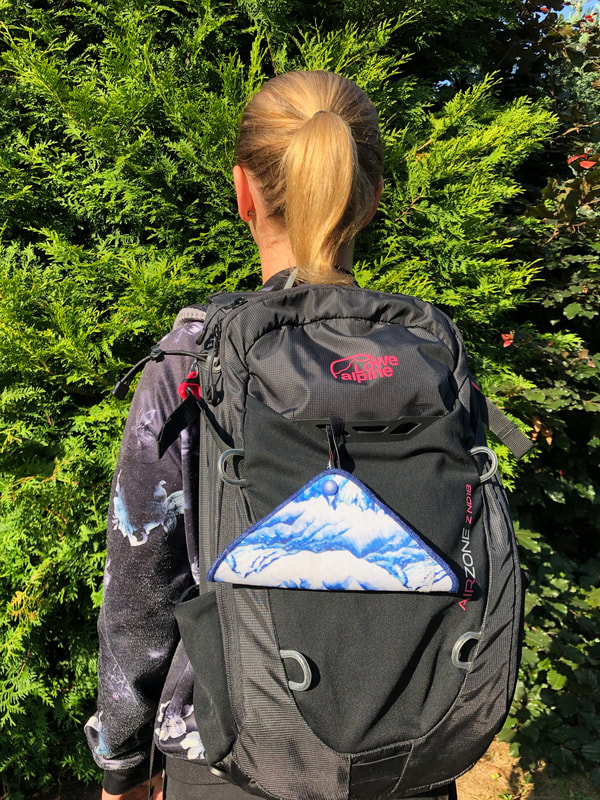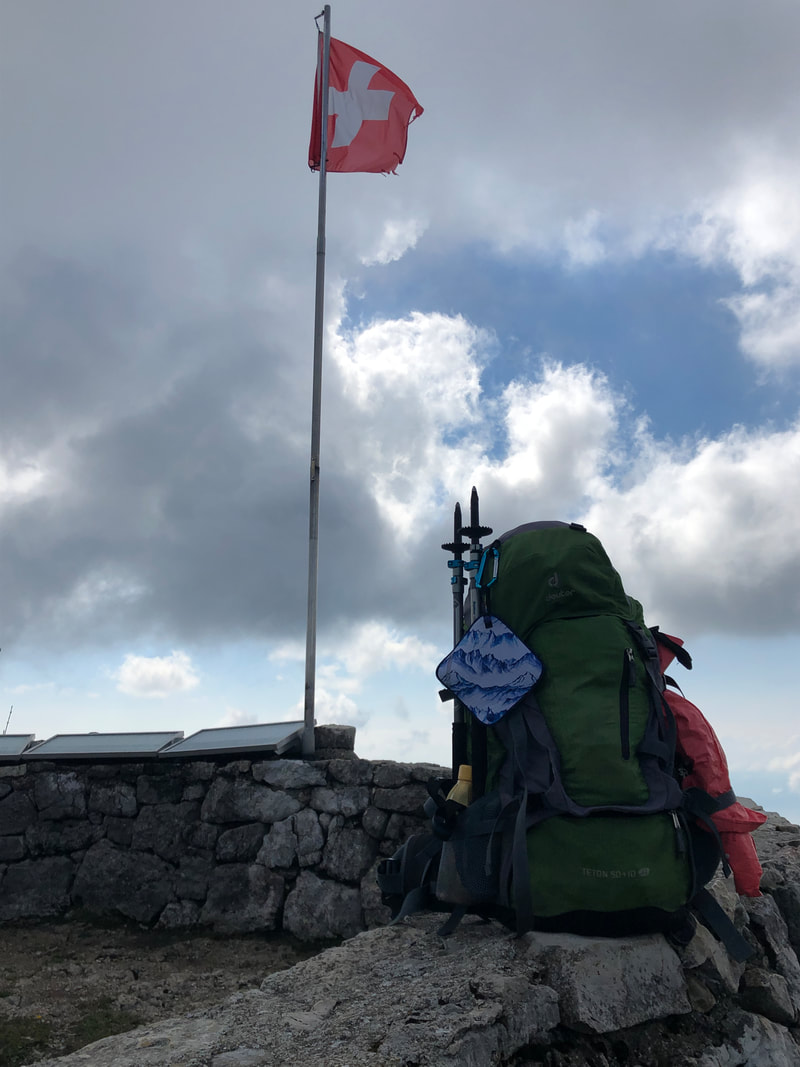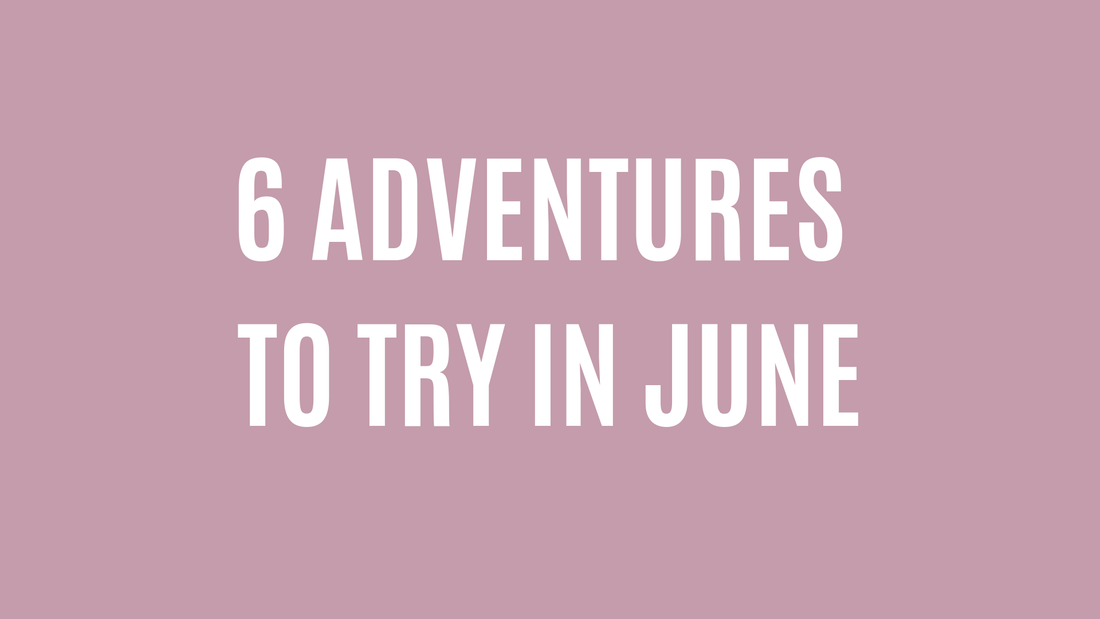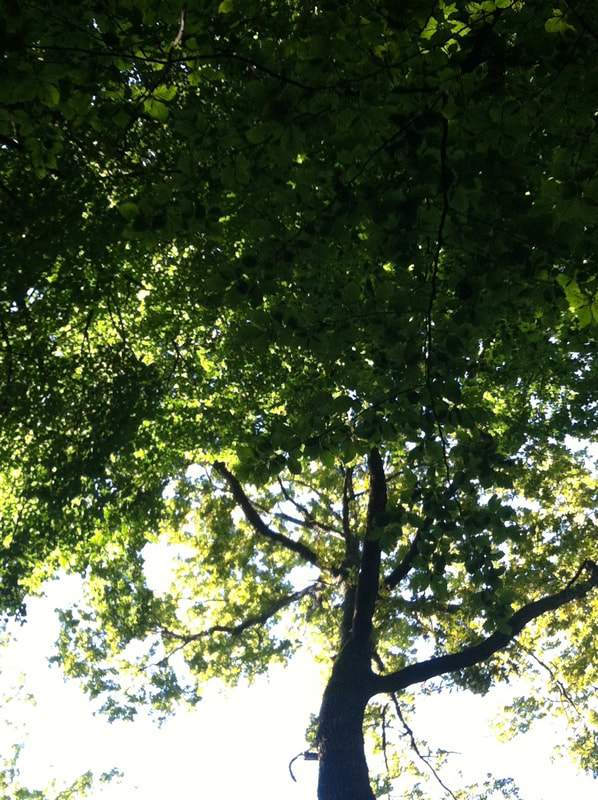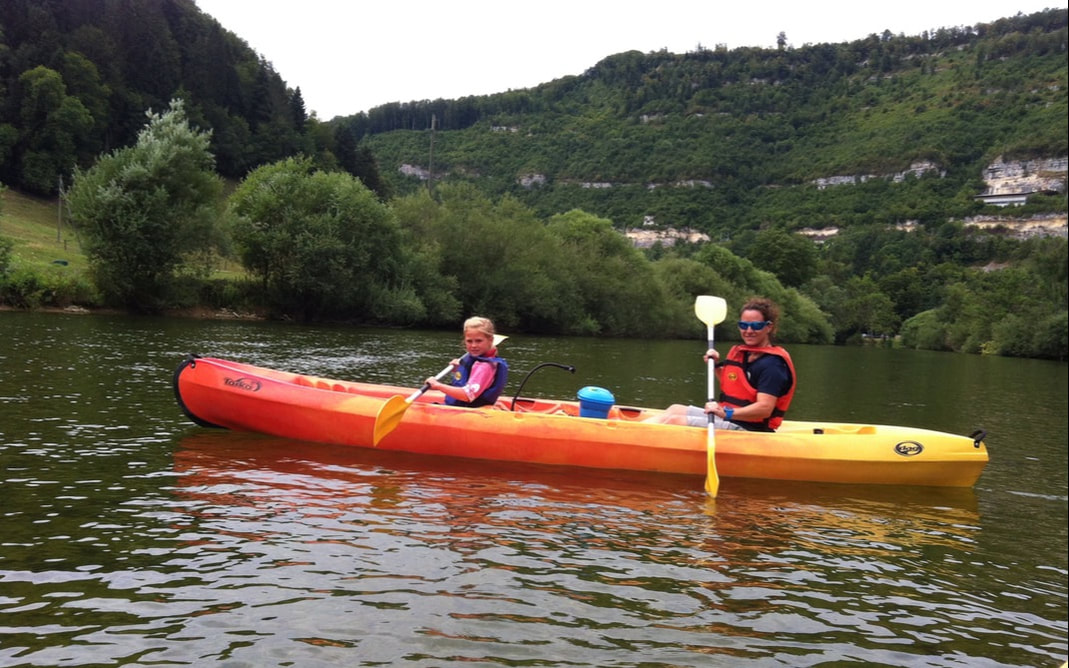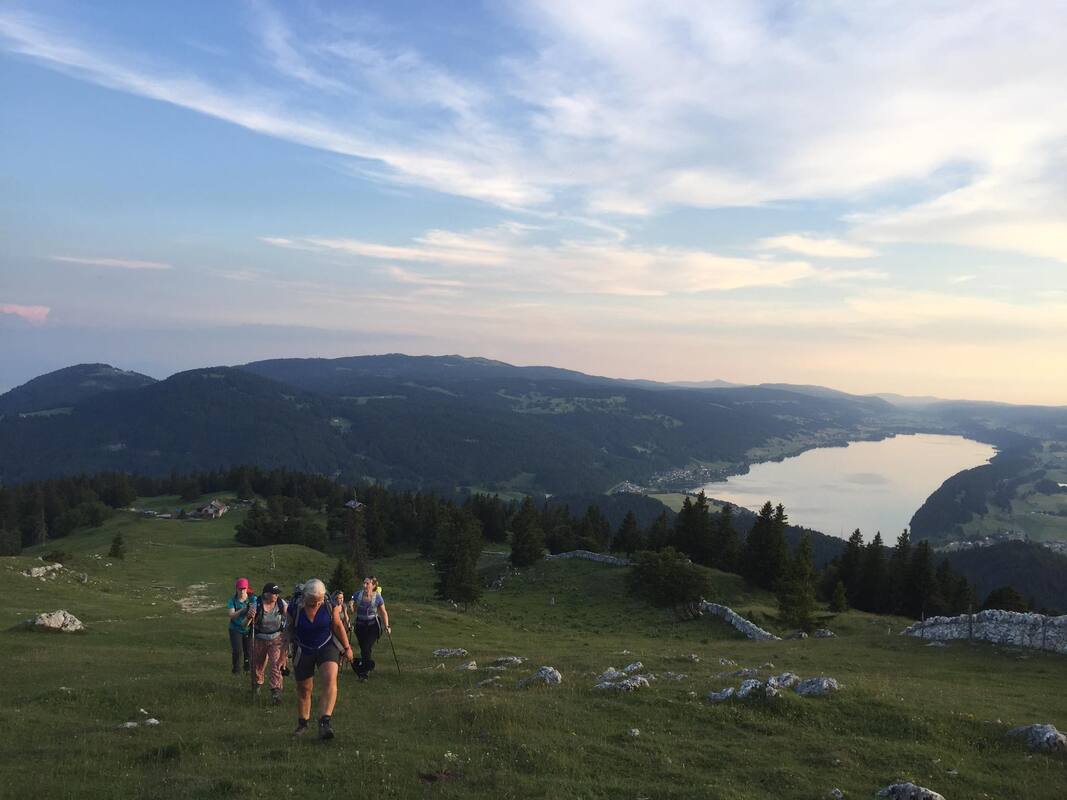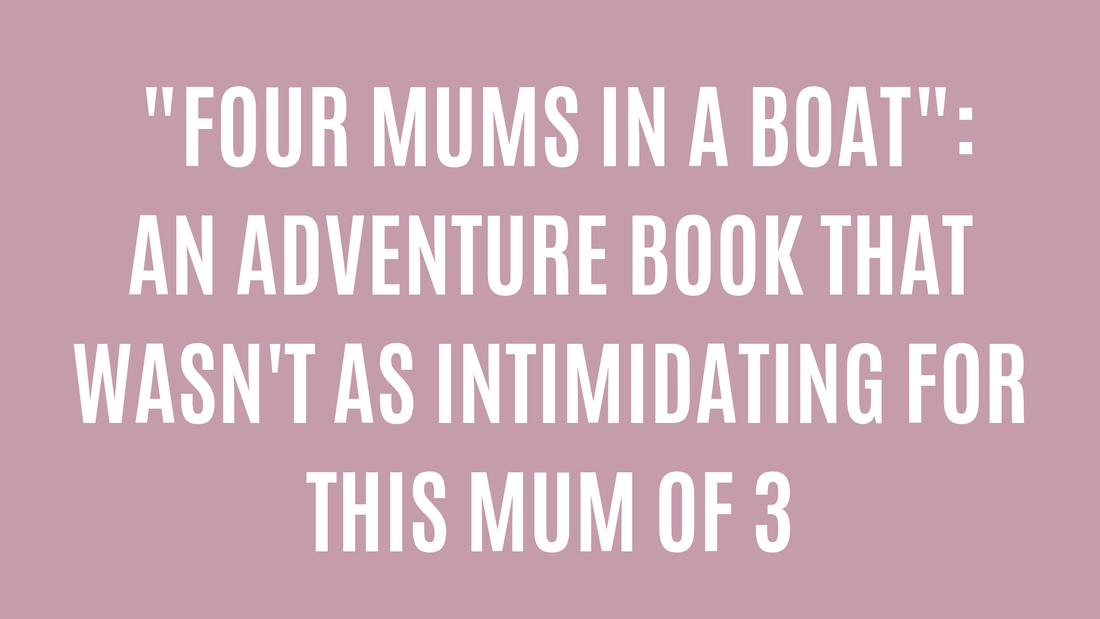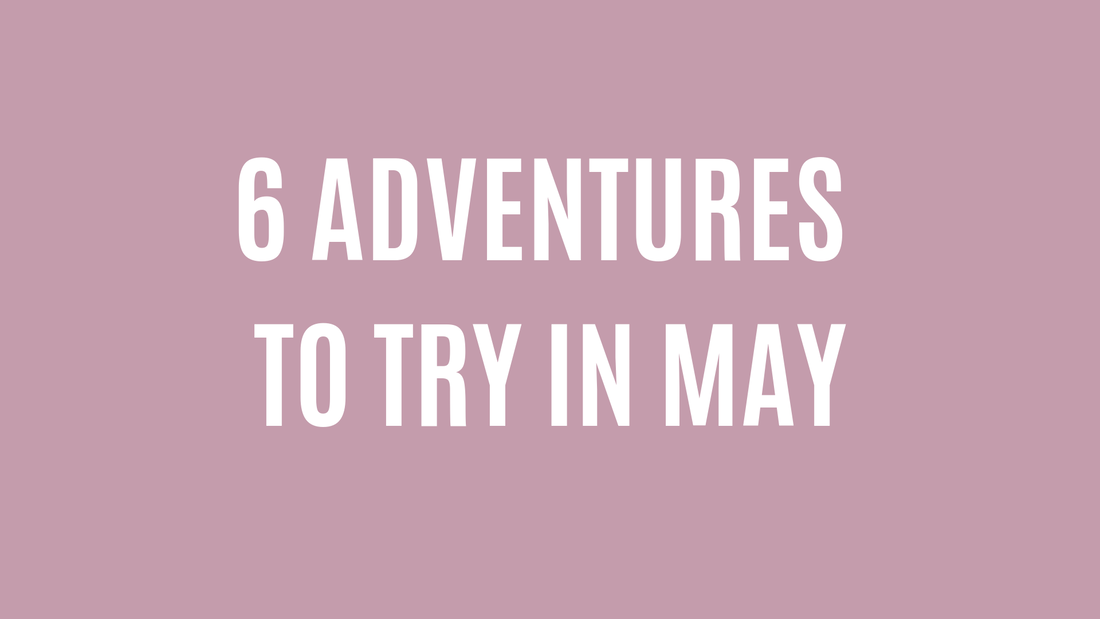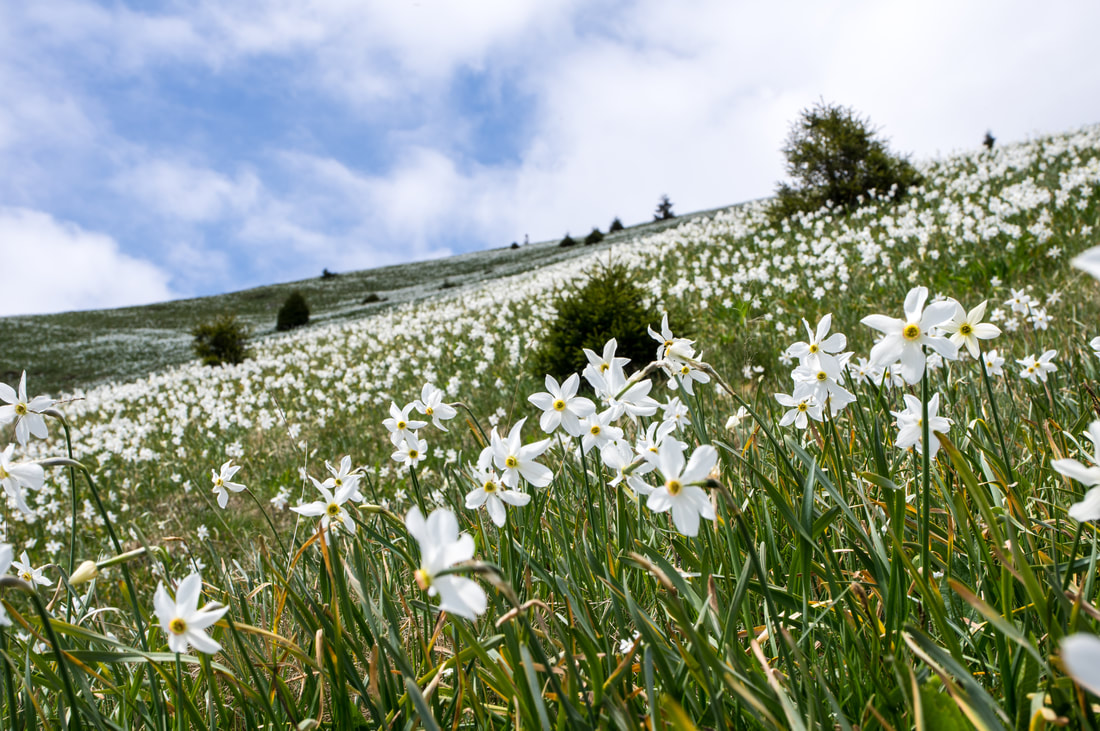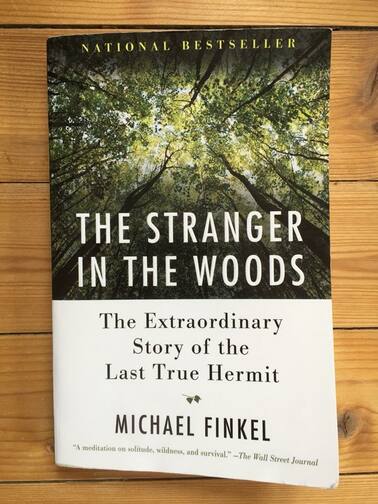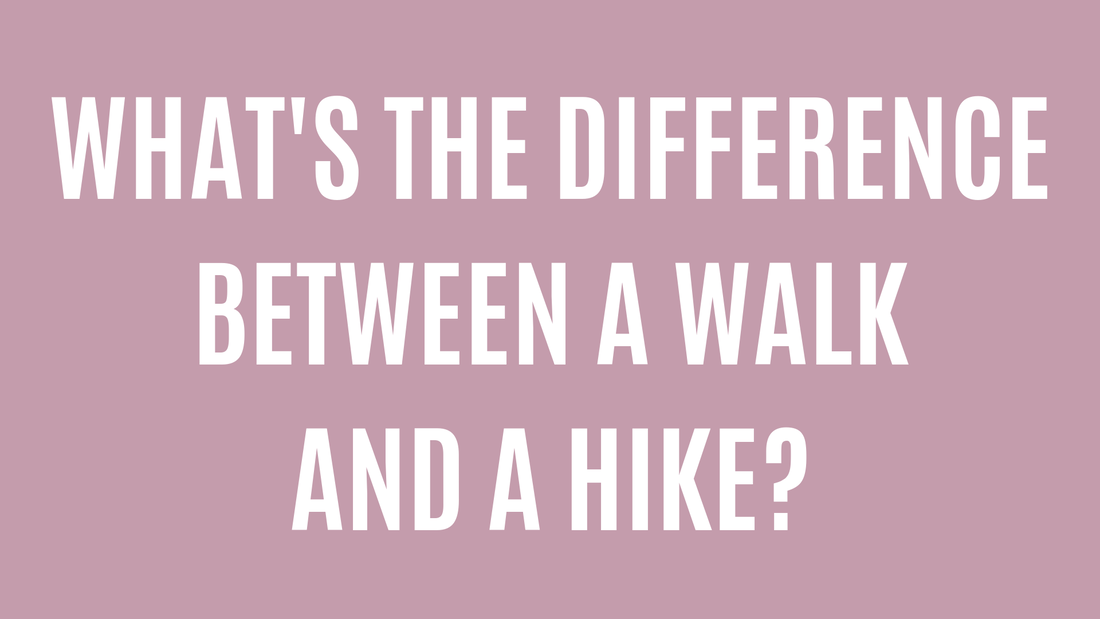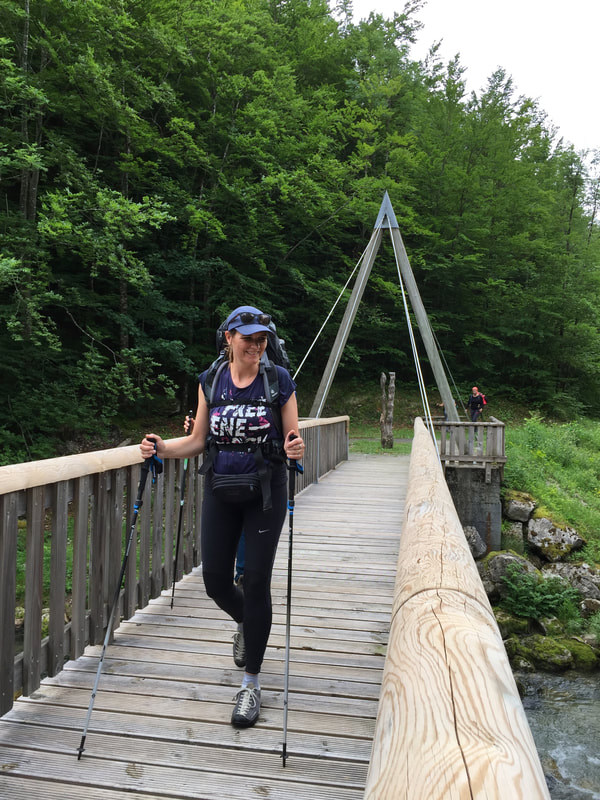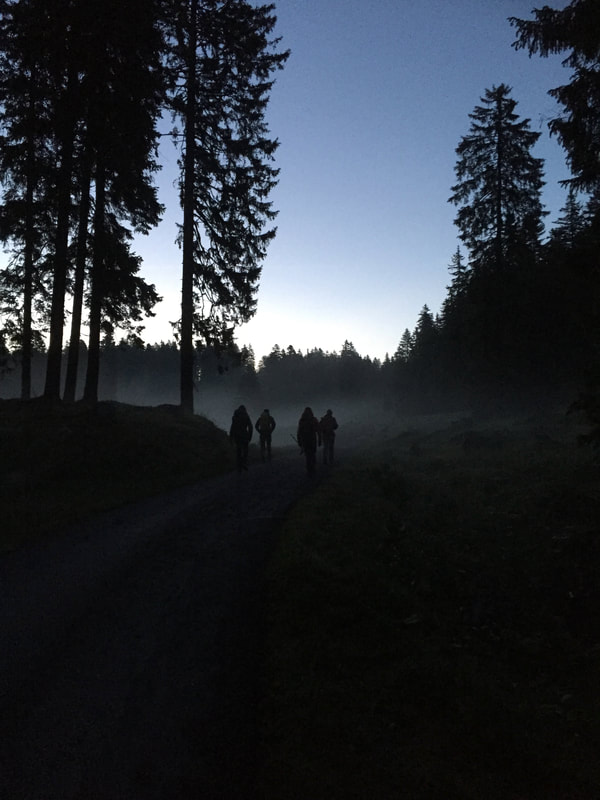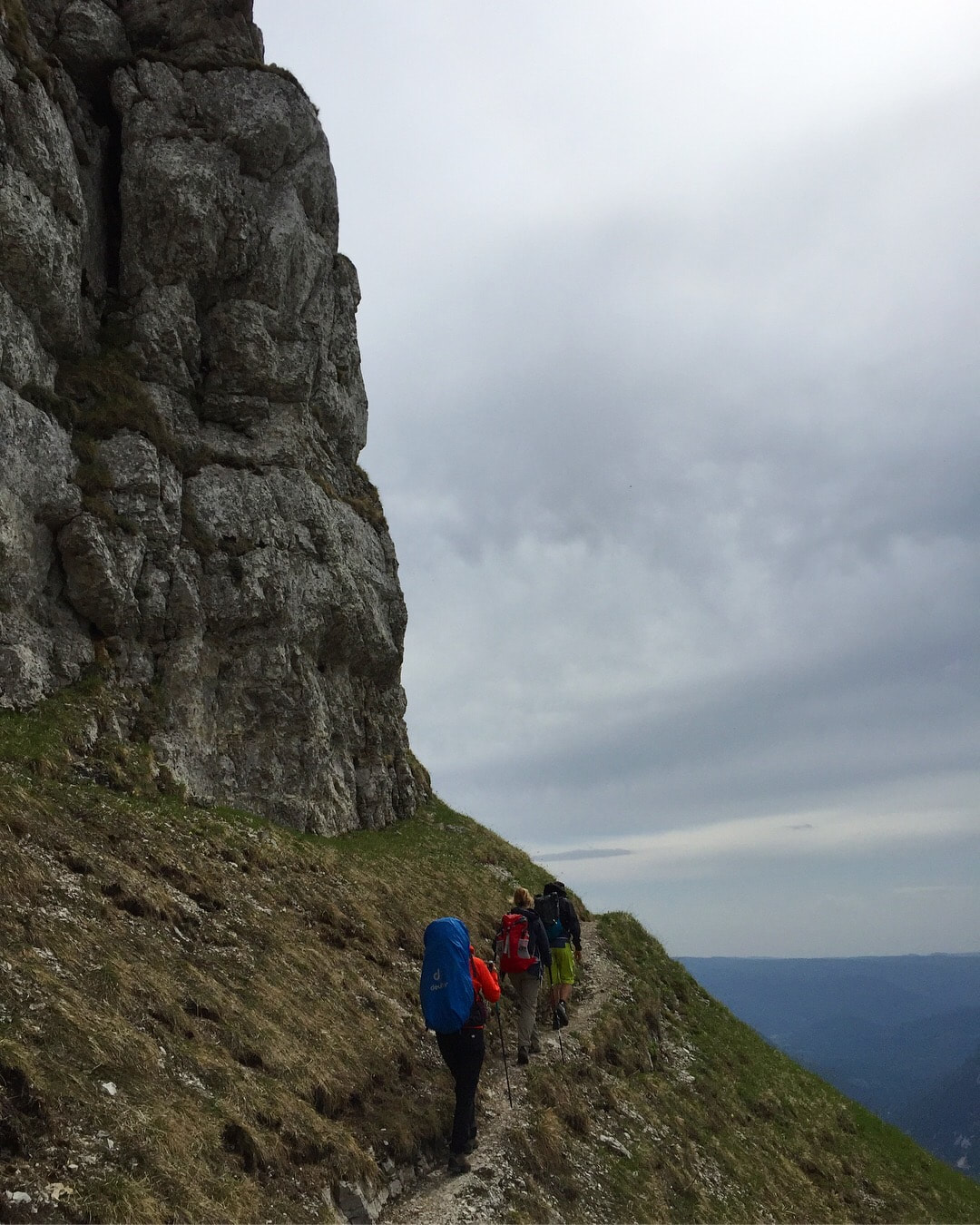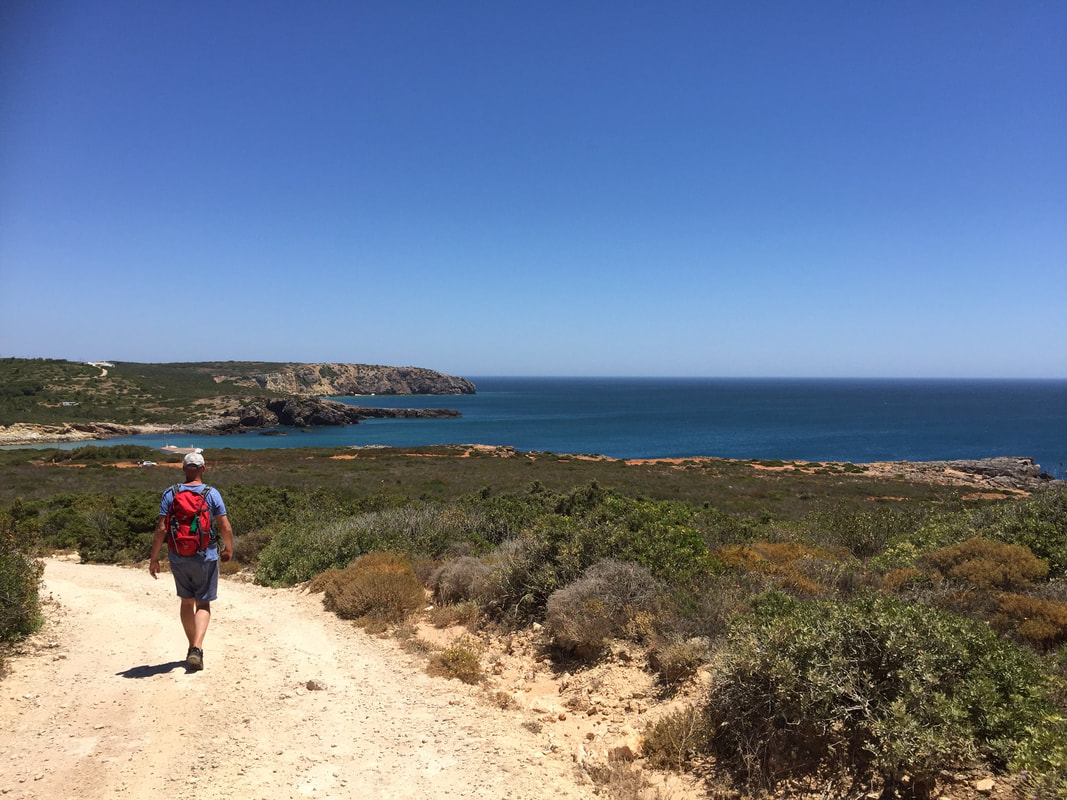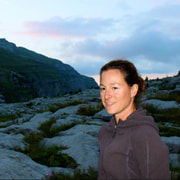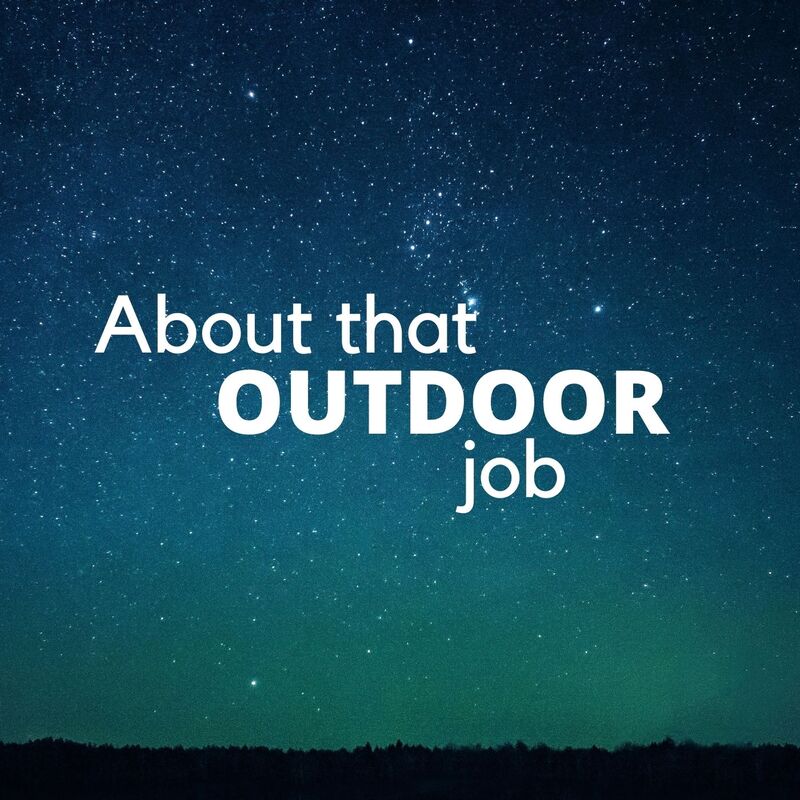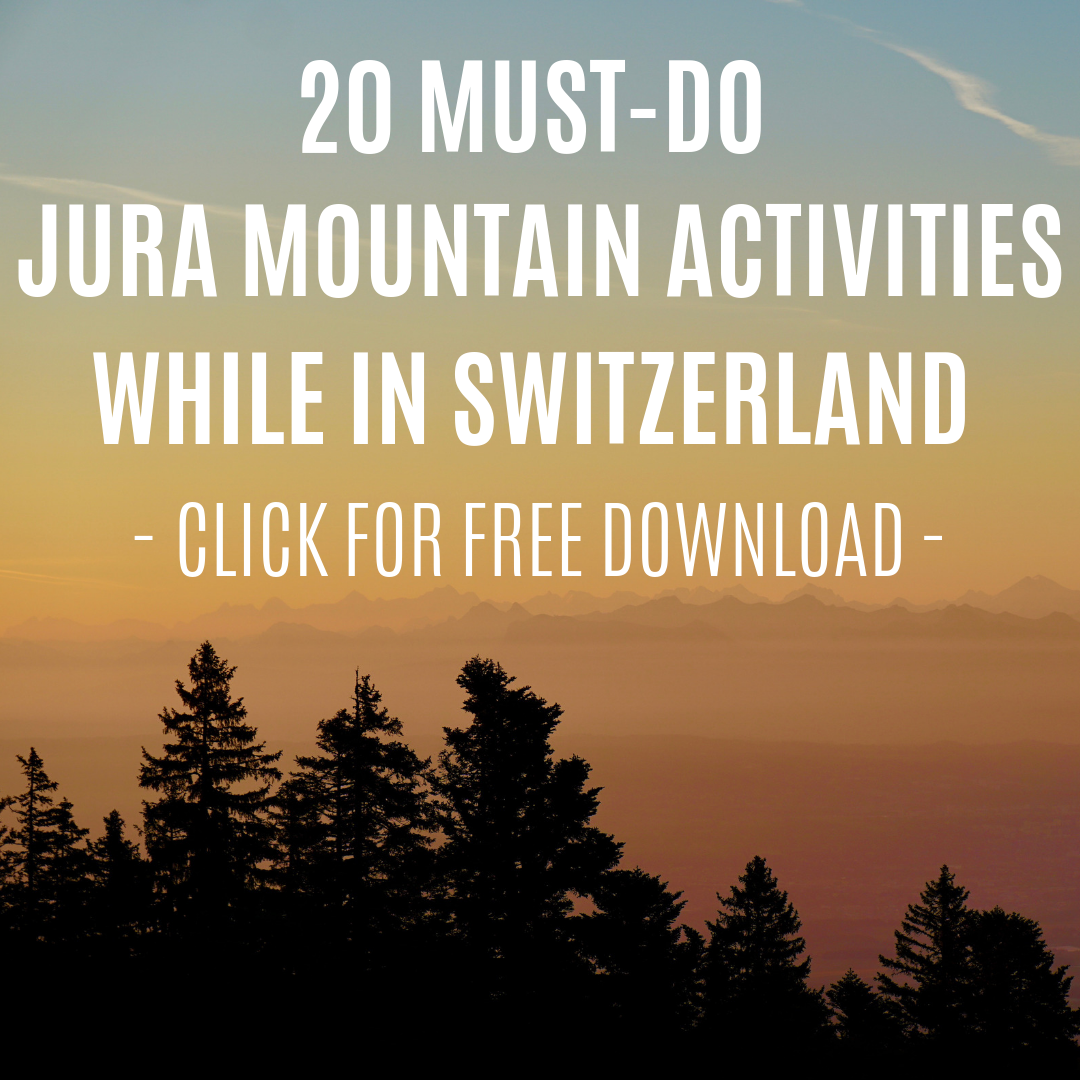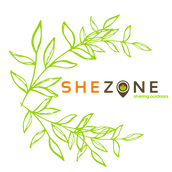1 Comment
While swimming may seem like such an innocuous and readily available activity to all, it wasn’t always so - and still isn’t so for many people today. Ms. Landreth chronicles how women, from the Roman times onward to the 19th and early 20th centuries, had to fight against so much negativity and oppression to simply swim. As unfathomable as the power and authority placed upon these women were to me, Landreth’s strong feminist voice and sardonic interjections made me laugh rather than scream in outrage at the injustices they experienced. From being drowned as witches, to allowing women to swim in the sea - but only because it made them less feeble and physically stronger to give birth - to ridiculous regulations on bathing attire for women, this book celebrates the struggles and achievements of our swimming foremothers. Unbelievably, it wasn’t until the 1930s that women were finally, if not reluctantly, admitted as equals into the water. Swell, filled me with gratitude for these women of yore for an activity that I, until now, took for granted not even realizing that it had been such a struggle for some. I highly recommend this book to anyone interested in swimming or history or women pioneers. As one reviewer said “ If you love swimming, you’ll love this. If you hate swimming, you’ll still love this.” - Jo Brand Next time you go for a swim, do so mindfully, because these women made it so that we simply can. - Kirsten - Oceanographer and Fresh Air Reads Contributor
|
Charlaine Jannerfeldt
Chief Experience Officer Welcome to the blog where I share strategies, tricks and tips on how to make adventuring in the outdoors part of your Swiss experience
FREEBIES
POPULAR POSTS
|
